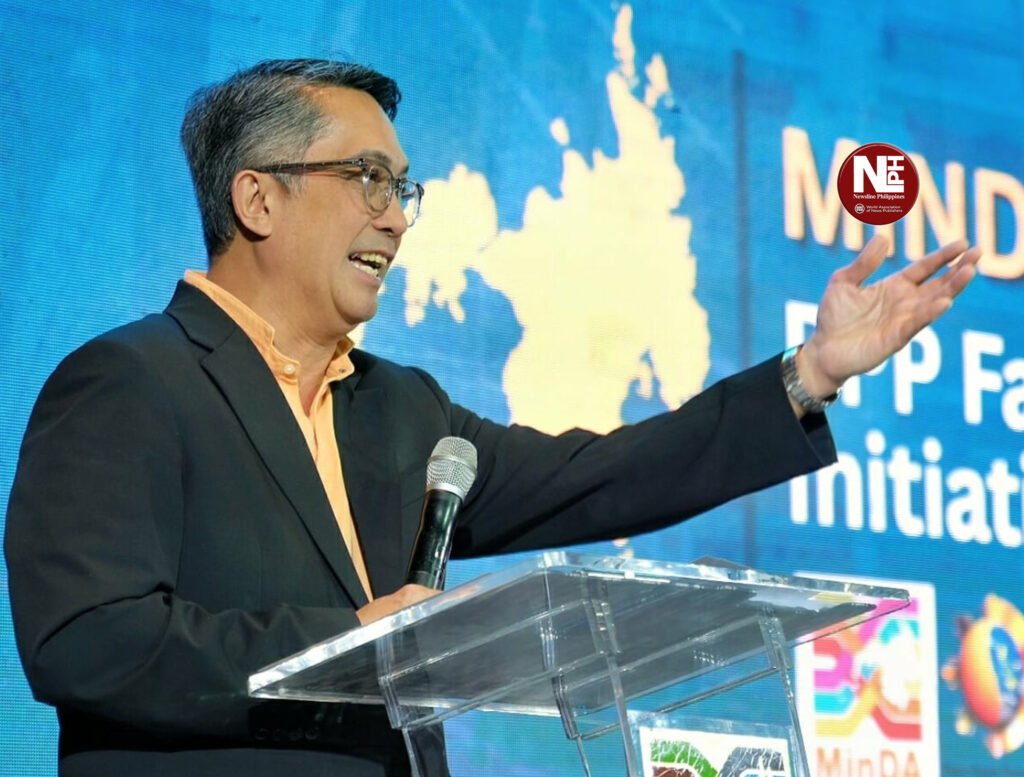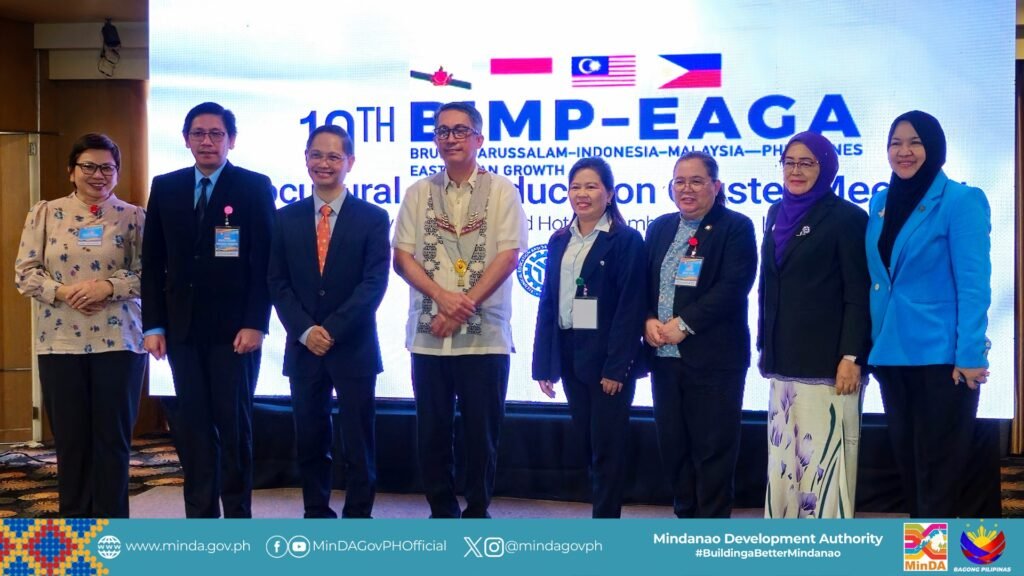
DAVAO CITY (October 13) — The Mindanao Development Authority (MinDA) is set to receive a significant budgetary boost for Fiscal Year 2026 — a 36% increase under the Marcos administration — signaling a renewed national commitment to Mindanao’s long-term growth and stability.
Data from the Department of Budget and Management (DBM) show that ₱363.409 million has been proposed for MinDA in the 2026 National Expenditure Program (NEP), up by ₱96.049 million from the ₱267.360 million approved in the 2025 NEP.
This proposed increase contradicts earlier reports of a potential budget cut and underscores the administration’s recognition of MinDA’s expanding role as the government’s main coordinating agency for development across Mindanao’s six regions.
From Modest Beginnings to Strategic Growth
MinDA’s funding trajectory tells a story of gradual but determined progress.
Created through Republic Act 9996 in 2010 to promote coordinated development across Mindanao, the agency initially worked on a lean ₱52 million budget.
Over the next decade, it operated within the ₱100–₱200 million range sufficient for administrative coordination but too limited to match the island’s complex challenges in infrastructure, agriculture, energy, and peacebuilding.
The turning point came in 2020 when Congress began to recognize Mindanao’s strategic importance in national growth. Through the Committee on Appropriations (CICA), legislators started augmenting MinDA’s annual allocations, first modestly, and later dramatically.
In 2024, lawmakers added ₱109 million to its NEP allocation. A year later, the augmentation rose to ₱339 million, a record high that signaled strong cross-regional support.
The proposed 2026 NEP now reflects that same spirit of prioritization — with the Marcos administration formally increasing MinDA’s baseline allocation by 36%.
Mindanao Lawmakers Close Ranks
In an increasingly polarized political climate, the Mindanao bloc in Congress stands as a rare example of unity.
Lawmakers from Davao, Northern Mindanao, Soccsksargen, Zamboanga Peninsula, Caraga, and the Bangsamoro Autonomous Region (BARMM) have collectively pledged to protect and potentially enhance MinDA’s budget as it moves through plenary debates in the House and Senate.
For them, the increase represents more than just a financial adjustment.
It is a political and moral statement, that Mindanao’s growth is integral to the nation’s progress.
“Mindanao has always been seen as the resource frontier but not the development frontier,” one legislator from Northern Mindanao said. “Strengthening MinDA means institutionalizing a coordinated approach to infrastructure, investment, and peace, three pillars that Mindanao needs the most.”
Magno’s Direction: People-Centered Development
Under Secretary Leo Tereso Magno, MinDA has sought to redefine its mission — moving from mere coordination to convergence.
Magno’s approach centers on “development with inclusion” — a philosophy that links economic investments with tangible outcomes in communities historically left behind by growth.
In his statement, Magno welcomed the 2026 NEP increase with gratitude and purpose:
“We are deeply grateful to our Mindanaoan champions in Congress who have stood firm for what Mindanao truly deserves,” Magno said. “Their support for MinDA’s budget is not just about numbers, it’s a bold affirmation that Mindanao matters. Together, we will ensure that no part of our island is left behind.”
For Magno, the higher allocation is not a mere operational fund. It is a catalyst for bridging local needs and national priorities, from agriculture and rural roads to power, digitalization, and peacebuilding in post-conflict zones.
Ground Realities: What Mindanao Needs
Despite its economic potential — contributing about 17% of the national GDP and hosting vast mineral, agricultural, and energy resources — Mindanao continues to face development gaps.
According to the Philippine Statistics Authority (PSA), several provinces in Mindanao remain among the poorest in the country.
Infrastructure disparities are acute: in some provinces, farm-to-market roads are still impassable during the rainy season, electricity reliability remains uneven, and investment flows lag behind those in Luzon and Visayas.
Mindanao’s poverty incidence rate averages around 26%, compared to 18% in Luzon. Rural income inequality, limited access to markets, and vulnerability to climate change compound these challenges.
Magno has repeatedly emphasized that these are not isolated problems but interconnected barriers that require integrated planning — something MinDA is uniquely mandated to do.
Strategic Priorities Under the 2026 Budget
With the proposed budget increase, MinDA is expected to accelerate several priority programs:
- Investment Facilitation and PPP Engagements – Strengthening partnerships with local and foreign investors for agribusiness, renewable energy, and logistics.
- Infrastructure Coordination – Aligning regional road networks, ports, and bridges under the Mindanao Development Corridors Program.
- Peace and Development in Post-Conflict Areas – Sustaining the peace dividends of the BARMM transition and assisting in reintegration programs for former combatants.
- Sustainable Livelihood and Climate Resilience – Expanding community-based livelihood initiatives and promoting sustainable agriculture in vulnerable areas.
- Digital and Energy Connectivity – Supporting initiatives that improve internet access and power reliability across remote provinces.
These are not just bureaucratic targets; they respond directly to what Mindanaoans on the ground have long been asking for — jobs, infrastructure, stability, and equitable growth.


